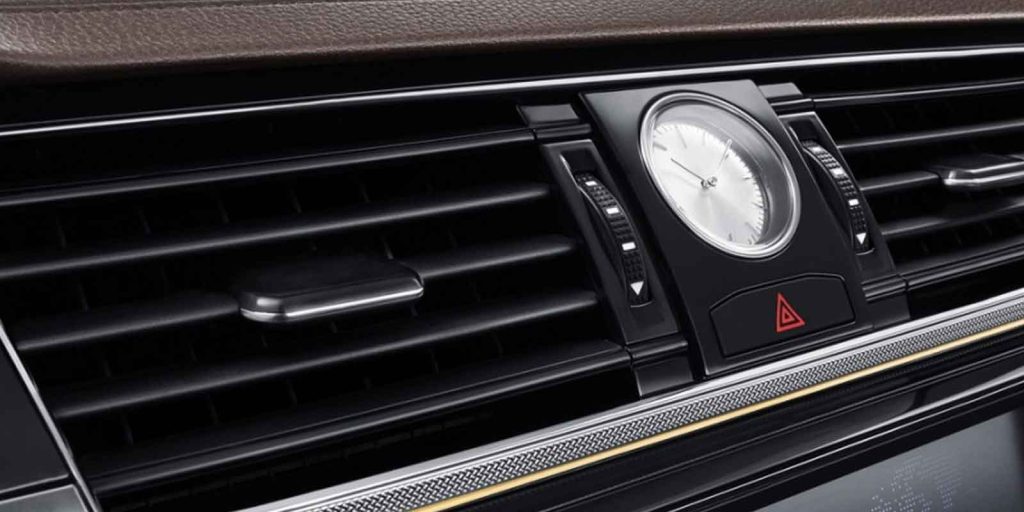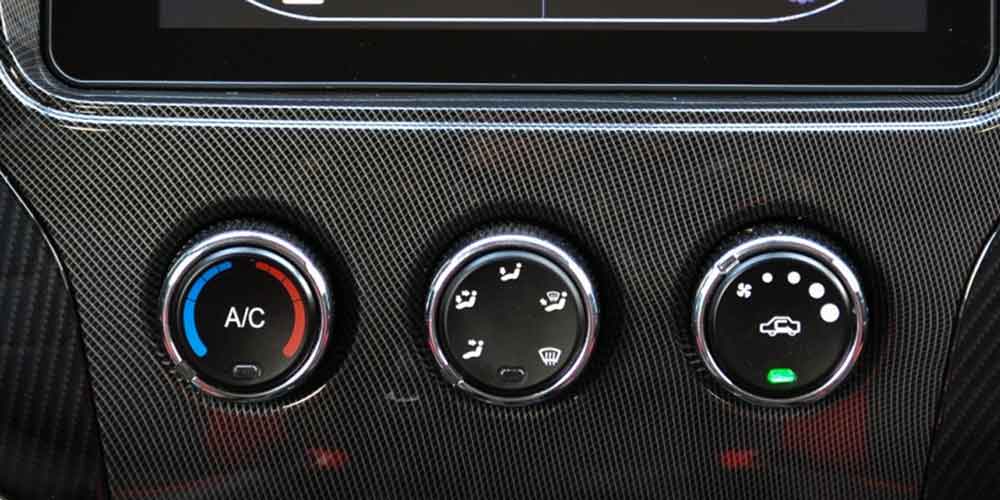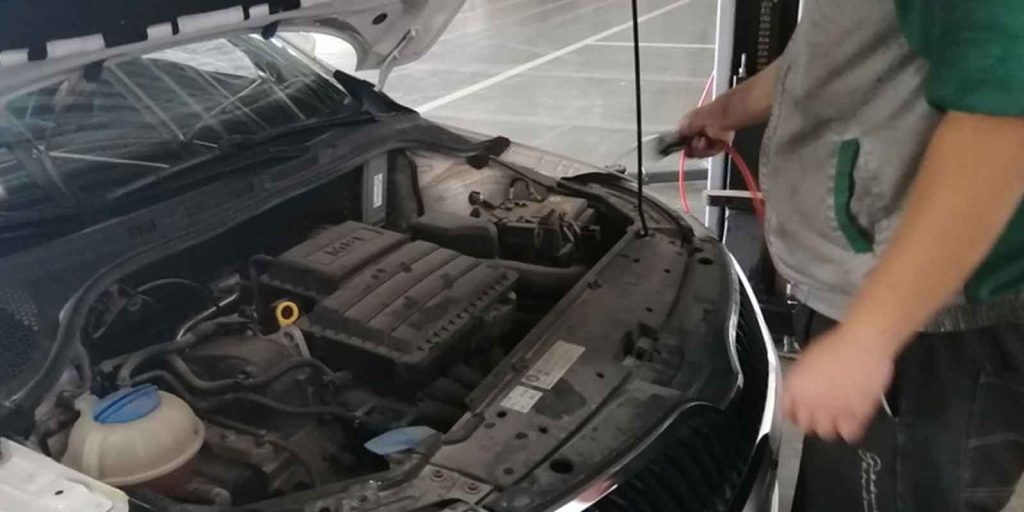Does fuel consumption increase in hot weather? Many people would answer affirmatively, and in real life, fuel consumption does tend to be higher during the hot summer months. But what are the main factors causing increased fuel consumption in hot weather, and how can fuel consumption be reduced? Many people might not be entirely clear on these points. Therefore, DGmotors brings you a detailed explanation of this issue. Let’s explore it together!
Does Fuel Consumption Increase in Hot Weather?
Yes, high temperatures can significantly increase fuel consumption through several mechanisms, with the air conditioning system being the primary factor. When the compressor operates, it adds an extra load to the engine, causing it to consume more fuel. Data shows that this impact can increase fuel consumption by 10-25% in urban driving conditions.

Besides the air conditioning, changes in fuel characteristics are also crucial. Under high temperatures, gasoline volume expands, leading to a reduction in energy density per unit volume. This means the engine needs to burn more fuel to produce the same power output, a factor often overlooked. Simultaneously, hot air has lower density, reducing the oxygen content in the engine’s intake air. This results in decreased combustion efficiency, especially noticeable during acceleration or hill climbing.
Other factors affecting fuel consumption include:
- Increased rolling resistance due to underinflated tires
- Reduced operational efficiency from engine overheating
- Additional load from electrical systems like cooling fans
- More frequent traffic congestion in summer causing idling and stop-and-go driving
How to Reduce Fuel Consumption in Hot Weather?

Method 1: Air Conditioning Usage Tips
Temperature Setting Strategy: Set the air conditioning to around 25°C to strike a balance between comfort and efficiency. Excessively low temperature settings cause the compressor to operate continuously at high load, significantly increasing fuel consumption.
Air Circulation Management:
- At startup, activate external circulation for 2-3 minutes to expel hot air.
- After the temperature stabilizes, switch to internal circulation mode.
- Direct the air vents upwards, utilizing the natural sinking property of cold air to create efficient convection.
Cooling Tricks: Before turning on the AC, use the “three-window method” (lower three windows, keep one closed) to create a high-pressure zone that promotes hot air expulsion. Alternatively, repeatedly open and close a door to generate airflow and quickly expel hot air.
Method 2: Vehicle Pre-cooling & Ventilation
Avoid Immediate AC Use: When entering a vehicle after exposure to sun, do not immediately turn on the AC. First, open all windows and drive for 2-3 minutes to allow natural airflow to remove most of the heat, then activate the AC.
Smart Parking: Whenever possible, choose shaded parking spots or use sunshades. This can reduce interior temperatures by 15-20°C, significantly lessening the subsequent cooling burden.
Method 3: Fuel & Weight Management
Fuel Fill Control: During hot seasons, it’s recommended to fill the tank to only 80% capacity. This reduces fuel evaporation loss and decreases vehicle weight – every 45kg increase in weight raises fuel consumption by approximately 2%.
Choose Refueling Time: Refuel during the cooler early morning or late evening hours when fuel density is higher, allowing you to get more energy per volume.
Method 4: Tire & Maintenance Points
Tire Pressure Monitoring: Check tire pressure monthly during summer. Underinflated tires significantly increase rolling resistance. Studies show that for every 1 PSI below the standard value, fuel efficiency decreases by 0.3%. The standard tire pressure value is usually found on the label on the driver’s side door frame.
Cooling System Maintenance: Ensure the radiator is clean and coolant levels are sufficient. Efficient cooling prevents engine overheating, directly impacting fuel efficiency. Professional cooling system maintenance every two years is recommended.
AC System Inspection: If you need to set the temperature lower and lower to maintain coolness, it may be necessary to check for refrigerant leaks or compressor issues. An inefficient AC system can consume up to 30% more energy than a normal one.
Method 5: Driving Habit Optimization
Maintain Steady Speed: The most economical cruising speed is 60-90 km/h. Driving at 120 km/h consumes approximately 20% more fuel than driving at 100 km/h.
Anticipate Road Conditions: Adopt a driving style with gentle acceleration and early deceleration. Rapid acceleration and hard braking can increase highway fuel consumption by 15-30% and city fuel consumption by 10-40%.
Reduce Idling: Restarting a modern engine consumes less fuel than idling for more than 10 seconds. Turn off the engine during prolonged waits. Avoid prolonged “cooling down” with the AC on while parked.
Clarifying Common Fuel Consumption Misconceptions

Misconception 1: You must turn off the AC before stopping the engine.
Truth: Modern vehicles are equipped with an electromagnetic clutch; the compressor automatically disengages when the engine stops. It’s unnecessary to specifically turn off the AC beforehand.
Misconception 2: Opening windows is always more fuel-efficient than using AC.
Truth: At low speeds (<80 km/h), opening windows is indeed more economical. However, at highway speeds, the increased air resistance from open windows consumes more fuel than using the AC.
Misconception 3: Fan speed affects fuel consumption.
Truth: The AC fan operates independently from the compressor. Adjusting the fan speed only affects comfort and noise, not fuel consumption. However, setting the temperature too low increases the compressor workload.
DANGER Warning: NEVER sleep in a stationary vehicle with the AC on and windows closed! Insufficient oxygen and potential carbon monoxide accumulation can be life-threatening. If resting in a parked car with AC on, always keep windows slightly open.
Conclusion
While hot summer inevitably increases fuel consumption, scientific strategies can effectively control fuel expenditure. The key lies in optimizing AC usage, maintaining proper tire pressure, adopting anticipatory driving techniques, and performing regular vehicle maintenance.
Remember: Comfort and safety should always take priority over marginal fuel-saving effects. By implementing these proven strategies, you can significantly reduce fuel costs during the hot season while enjoying a cool and comfortable driving experience.



